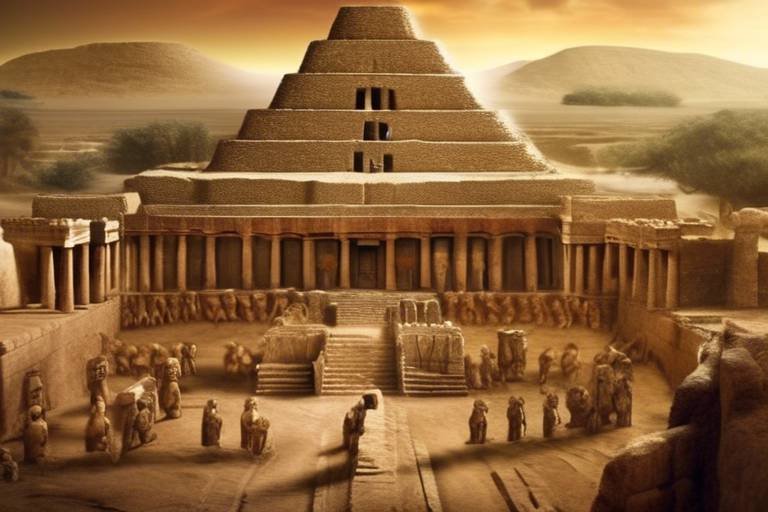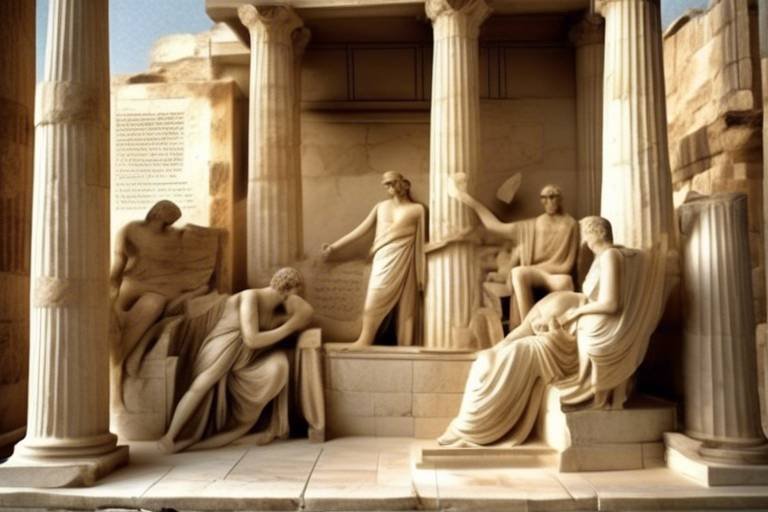The Role of Technology in Heritage Education
Technology has revolutionized the way we approach heritage education, offering innovative tools and platforms that enhance the learning experience for students of all ages. From virtual reality applications to mobile apps and digital storytelling platforms, technology plays a crucial role in preserving and promoting cultural heritage. By leveraging these technological advancements, educators can engage learners in immersive experiences, interactive tours, and hands-on activities that bring history and heritage to life.

Virtual Reality Applications
Virtual reality (VR) applications have revolutionized the way heritage education is delivered by offering immersive experiences that transport students to historical sites without leaving the classroom. Through VR technology, learners can explore ancient civilizations, walk through famous landmarks, and interact with artifacts as if they were physically present. This hands-on approach not only makes learning more engaging and interactive but also sparks curiosity and a deeper understanding of the past.
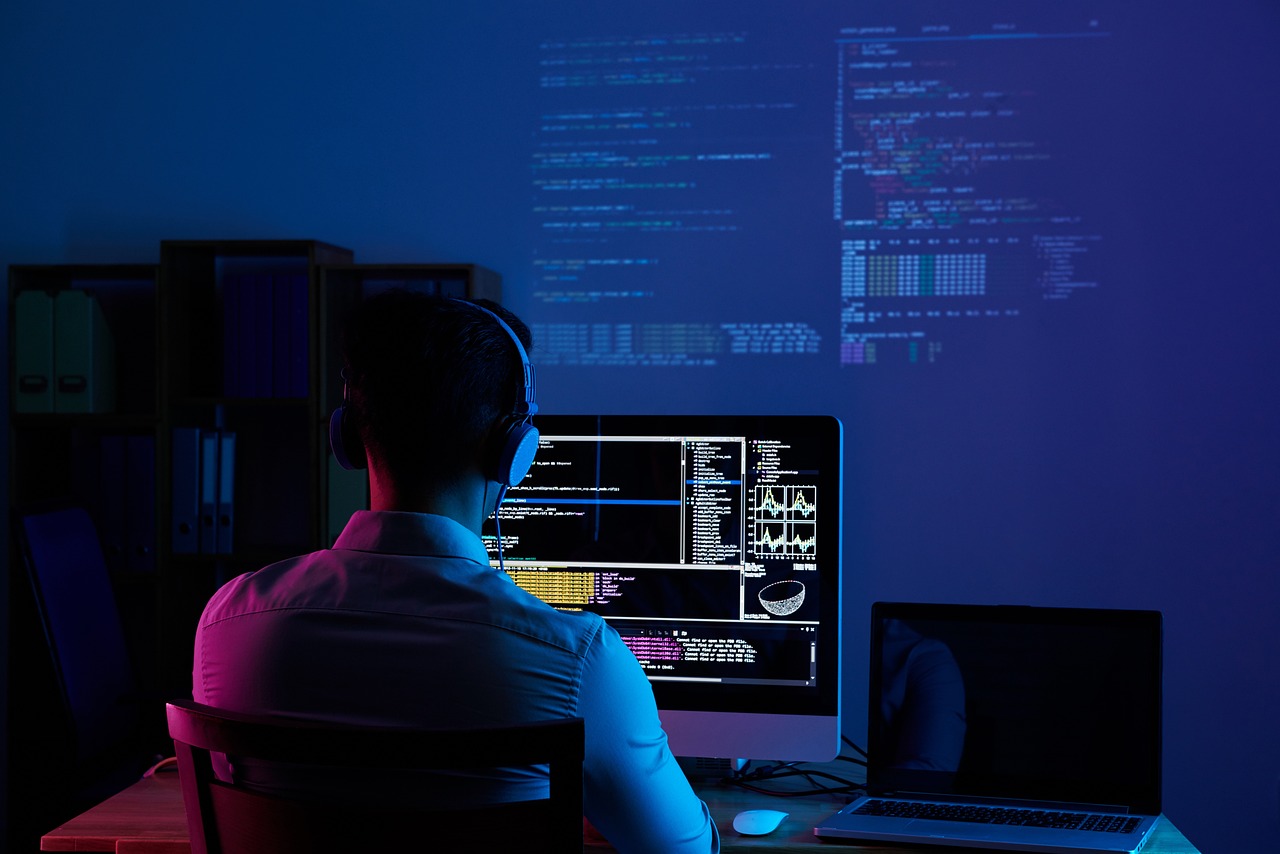
Augmented Reality Tools
Augmented Reality (AR) tools have revolutionized the field of heritage education by seamlessly blending digital information with real-world artifacts and historical sites. This innovative technology overlays virtual content onto physical objects, providing learners with a unique and interactive learning experience. Imagine standing in front of an ancient artifact and using your smartphone or tablet to see additional information, animations, or historical context superimposed on the object in real time. AR tools not only enhance the educational value of heritage sites but also make learning more engaging and memorable for students.

Online Archives and Databases
Online archives and databases play a crucial role in the realm of heritage education by serving as digital repositories for a wealth of cultural and historical information. These virtual collections store a myriad of artifacts, documents, photographs, and recordings, allowing educators and students to access a treasure trove of resources at their fingertips. Through these online platforms, individuals can delve into the past, uncovering hidden stories and gaining insights into different eras and civilizations.
One of the key advantages of online archives and databases is the democratization of knowledge they offer. By digitizing and archiving cultural heritage materials, these platforms ensure that historical information is not only preserved but also made widely accessible to a global audience. Students no longer need to travel to distant museums or libraries to study rare artifacts; instead, they can explore virtual exhibitions and collections from the comfort of their classrooms or homes.
Moreover, online archives and databases facilitate collaborative research and learning experiences. Scholars and enthusiasts from around the world can connect and exchange ideas, contributing to a richer understanding of diverse cultures and traditions. By harnessing the power of digital technology, educators can curate customized learning experiences, tailoring lessons to suit the interests and learning styles of individual students.
Furthermore, these digital repositories enable the preservation of fragile or endangered heritage materials. By creating digital copies of artifacts and documents, institutions can safeguard cultural treasures from the ravages of time, natural disasters, or human conflict. In this way, online archives and databases serve as guardians of our shared heritage, ensuring that future generations can continue to learn from and appreciate the legacy of the past.

Mobile Apps for Heritage Learning
Mobile apps have revolutionized the way we engage with heritage education, offering a plethora of interactive and engaging experiences for learners of all ages. These apps serve as virtual guides, taking users on a journey through history with just a few taps on their screens. By leveraging the power of technology, mobile apps for heritage learning bring ancient civilizations, historical events, and cultural artifacts to life in the palm of your hand.
Imagine walking through the ruins of an ancient city while holding your smartphone, which transforms into a time machine, providing you with detailed information about each structure you encounter. These apps blend education with entertainment, making learning about heritage sites and artifacts a fun and immersive experience. From interactive maps to virtual reality reconstructions, mobile apps offer a dynamic way to explore and learn about our rich cultural heritage.
Moreover, mobile apps for heritage learning cater to different learning styles, allowing users to engage with content through audio guides, visual displays, quizzes, and games. Whether you are a history enthusiast, a student studying archaeology, or a curious traveler, these apps offer something for everyone. They bridge the gap between the past and the present, fostering a deeper appreciation for our shared heritage.
Some apps even enable users to participate in virtual archaeological digs, uncovering hidden treasures and solving historical mysteries from the comfort of their own homes. By gamifying the learning experience, these apps make heritage education accessible and engaging, encouraging users to explore, discover, and learn in a way that traditional textbooks cannot match.

Digital Storytelling Platforms
Digital storytelling platforms have revolutionized the way we engage with heritage education. By combining multimedia content and interactive storytelling techniques, these platforms bring historical sites and artifacts to life in ways never seen before. Imagine being able to explore ancient ruins through a virtual tour, accompanied by narrations that transport you back in time. Such immersive experiences not only educate but also captivate learners, making the learning process both informative and entertaining.
Through digital storytelling platforms, educators can craft narratives around heritage sites, weaving together historical facts, legends, and personal accounts to create a rich tapestry of information. These narratives serve to engage learners on a deeper level, fostering a connection to the past that goes beyond mere memorization of dates and events. By presenting information in a compelling and visually stimulating manner, digital storytelling platforms make heritage education more accessible and appealing to a wide audience.
Moreover, these platforms enable users to interact with the content, allowing for a more personalized learning experience. Students can choose their own paths through a virtual museum or archaeological site, exploring areas of interest at their own pace. This interactivity not only enhances engagement but also promotes critical thinking and analytical skills as learners navigate through the digital landscape of heritage education.
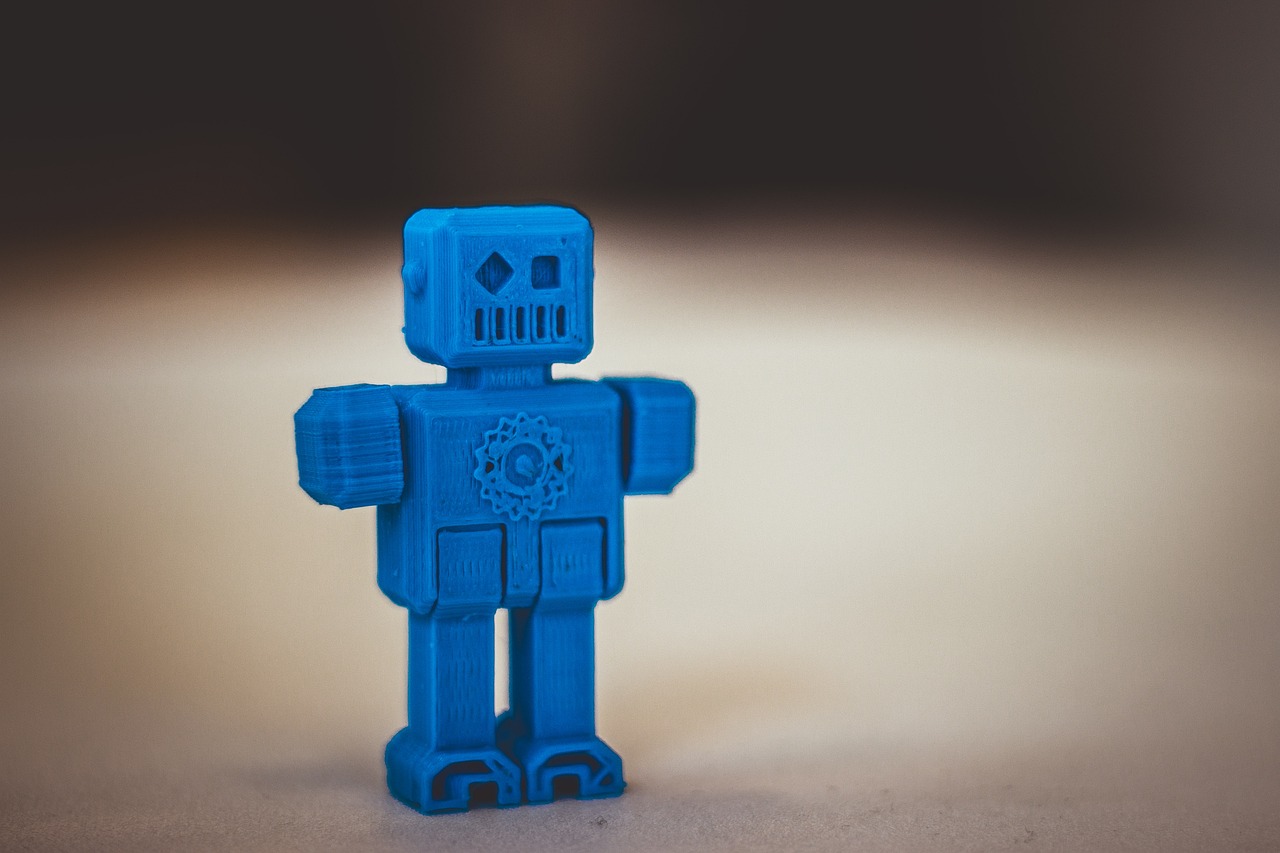
3D Scanning and Printing Technologies
3D scanning and printing technologies have revolutionized the way heritage education is approached, offering a unique perspective on historical artifacts and sites. By utilizing advanced scanning techniques, educators can create precise digital replicas of ancient objects, sculptures, and even entire archaeological sites. These detailed 3D models provide students with a hands-on learning experience, allowing them to explore historical artifacts in a virtual space.
Moreover, 3D printing enables the physical reproduction of these digital models, allowing students to hold and examine replicas of ancient objects that are otherwise fragile or inaccessible. This technology bridges the gap between the past and present, bringing history to life in a tangible and interactive way. Imagine being able to touch a replica of a centuries-old artifact, feeling its texture and intricacies, all thanks to 3D scanning and printing technologies.
Furthermore, 3D scanning and printing technologies play a crucial role in museum settings, where they can enhance visitor experiences by offering interactive exhibits and tactile learning opportunities. Visitors can engage with historical objects in a whole new dimension, gaining a deeper understanding and appreciation for cultural heritage. These technologies also aid in conservation efforts by providing accurate replicas for display while preserving the original artifacts.
In classrooms, 3D scanning and printing technologies spark curiosity and creativity among students, encouraging them to delve deeper into history and archaeology. By allowing students to interact with 3D printed replicas, educators can create immersive learning environments that stimulate critical thinking and historical analysis. This hands-on approach not only enhances the learning experience but also fosters a deeper connection to the past.

Interactive Exhibits and Simulations
Interactive exhibits and simulations play a vital role in heritage education by offering students immersive and experiential learning opportunities. These tools allow learners to step back in time and engage with historical events, environments, and cultures in a hands-on way. By simulating real-life scenarios and providing interactive experiences, students can gain a deeper understanding of the past and develop a more profound connection to cultural heritage.
One of the key benefits of interactive exhibits and simulations is their ability to make history come alive. Through the use of multimedia elements such as videos, audio recordings, and interactive displays, students can experience historical events in a dynamic and engaging way. This interactive approach not only captures students' attention but also helps them retain information more effectively compared to traditional teaching methods.
Furthermore, interactive exhibits and simulations allow for personalized learning experiences. Students can explore heritage sites and artifacts at their own pace, delve into specific aspects of history that interest them the most, and interact with content in a way that suits their learning style. This customization promotes active participation and fosters a sense of curiosity and discovery among learners.
Moreover, these tools enable educators to create simulations of historical events that may otherwise be challenging to replicate in a traditional classroom setting. By using virtual reality, augmented reality, and other interactive technologies, teachers can transport students to different time periods, locations, and cultural contexts, providing them with a first-hand experience of history.
In addition, interactive exhibits and simulations promote critical thinking and problem-solving skills. By engaging with historical content in a hands-on and interactive manner, students are encouraged to analyze information, draw connections between past events and present-day issues, and develop a deeper appreciation for the complexities of history. This active learning approach fosters a sense of inquiry and encourages students to ask questions and seek answers independently.
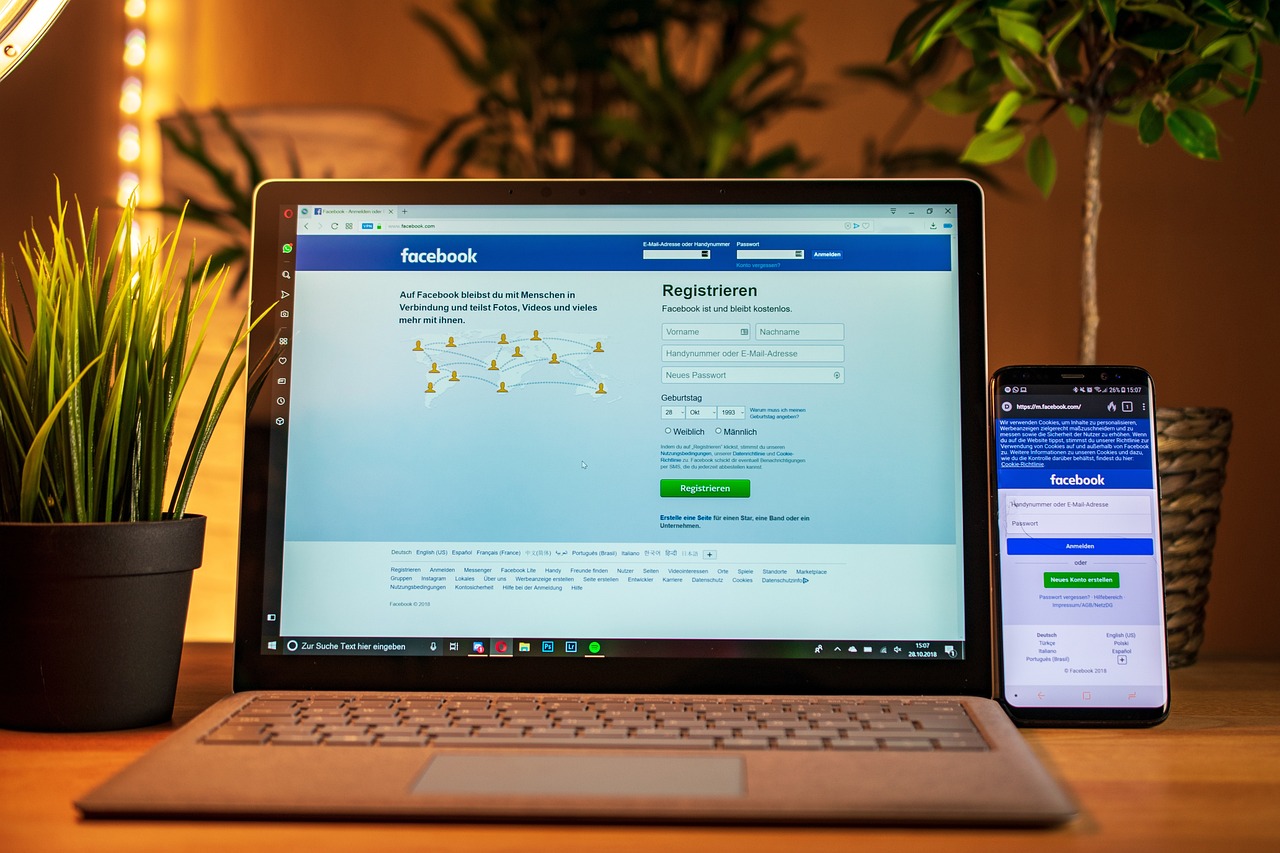
Social Media and Heritage Outreach
Social media has revolutionized the way heritage education is shared and promoted in the digital age. Platforms like Facebook, Instagram, and Twitter serve as powerful tools for outreach, enabling heritage organizations to connect with a global audience instantly. Through engaging posts, stunning visuals, and captivating stories, social media platforms play a crucial role in raising awareness about cultural heritage preservation efforts and conservation initiatives. By leveraging the reach and virality of social media, heritage institutions can attract new audiences, spark interest in history and heritage, and foster a sense of community among enthusiasts and supporters.
Frequently Asked Questions
- What is the importance of technology in heritage education?
Technology plays a crucial role in heritage education by offering innovative tools and platforms to enhance learning experiences, making history more engaging and interactive for students.
- How does virtual reality benefit heritage education?
Virtual reality allows students to explore historical sites in a immersive way, providing a deeper understanding of the past through virtual tours and interactive experiences.
- What are augmented reality tools and how are they used in heritage education?
Augmented reality tools overlay digital information onto real-world artifacts, offering additional context and insights to learners, enriching their understanding of cultural heritage.
- Why are online archives and databases significant in heritage education?
Online archives and databases preserve cultural heritage materials, making them accessible for research and educational purposes, contributing to the preservation and sharing of historical resources.
- How do mobile apps contribute to heritage learning?
Mobile apps provide interactive learning experiences, guided tours, and educational games that promote cultural understanding and appreciation, making heritage education more accessible and engaging for students.
- What is the impact of 3D scanning and printing technologies on heritage education?
3D scanning and printing technologies enable the replication of historical objects and sites for hands-on learning experiences, allowing students to interact with and explore heritage in a tangible way.
- How are interactive exhibits and simulations used in heritage education?
Interactive exhibits and simulations simulate historical events, environments, and cultures, offering students experiential learning opportunities to engage with the past in a dynamic and immersive manner.
- How does social media contribute to heritage outreach?
Social media platforms are utilized to promote heritage education, engage with audiences, and raise awareness about cultural heritage preservation and conservation efforts, fostering a wider appreciation for our collective history.











